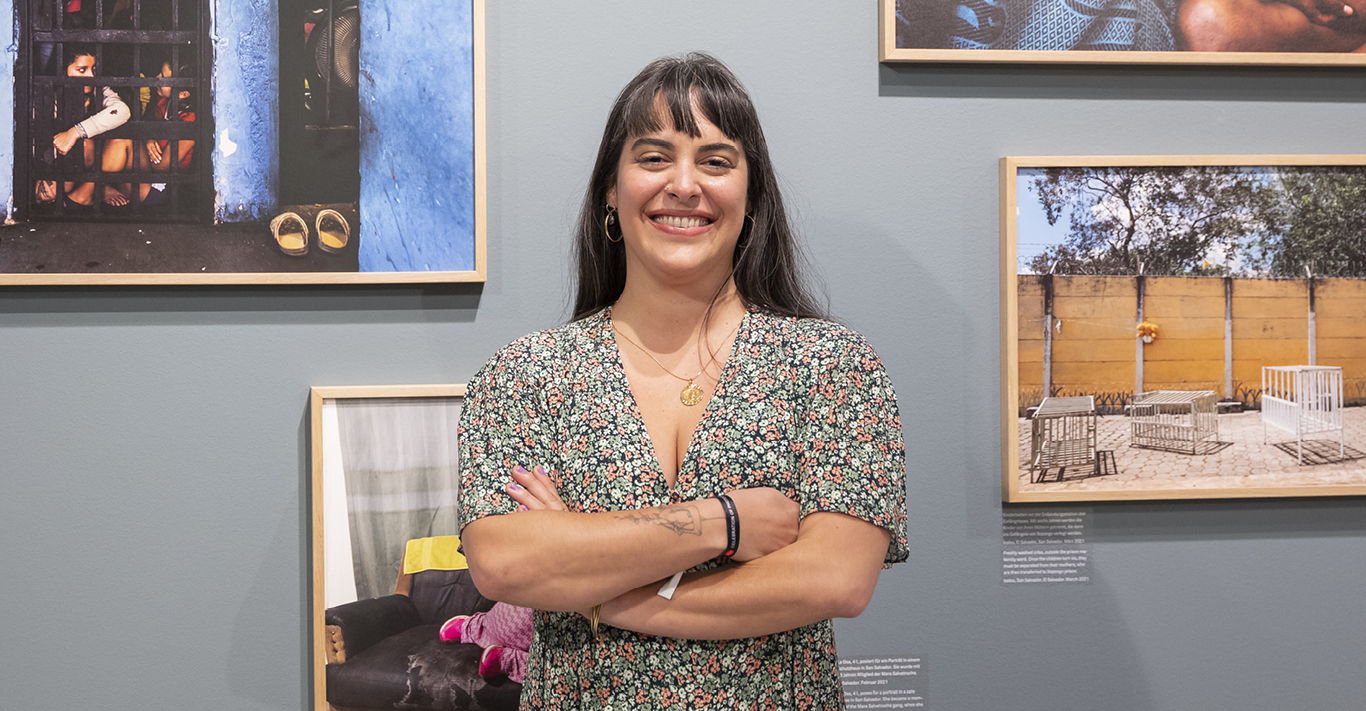I left Venezuela in 2009, because I was a victim of a lot of violence and almost died three times in the same year. I was very young, I was 20 years old, and I went to Toulouse in France to study photography. I finished my studies there, the time passed, and I kept on going back to Venezuela for quite a while, and in 2017 I went to the wedding of a friend. We were at this fancy wedding, everybody was having fun, drinking, and I was talking to a girl that studied with me in high school. We ended up talking about photography and photojournalism and my career. And she said, ‘You have to meet my friend – she is a journalist – because maybe she could show you some interesting stuff’. So, I called on the friend a few days later, and she told me that she worked for this NGO that defends the rights of people in detention centres.
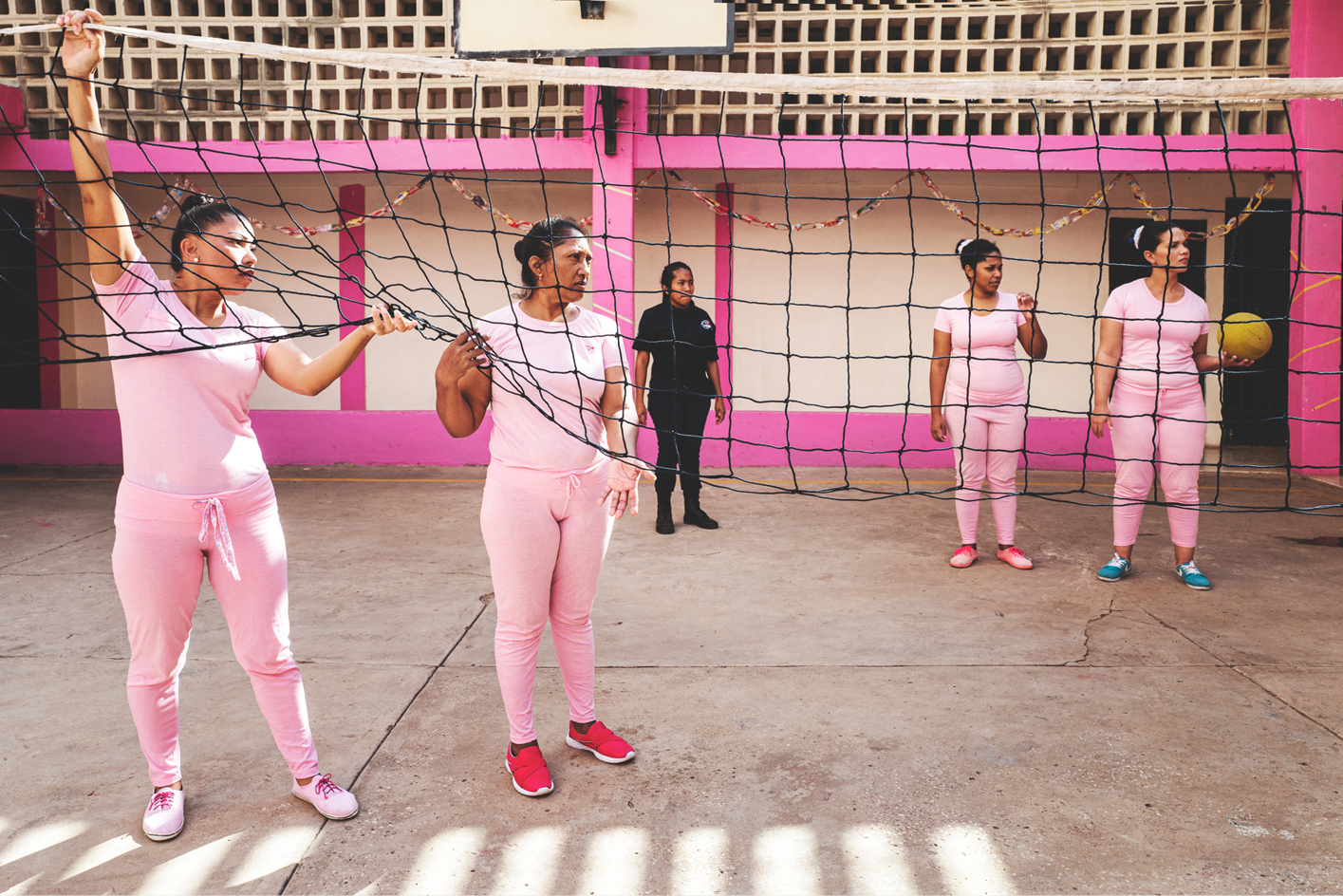
I asked her, ‘What is a detention centre?’ and she explained that this was a place where you were supposed to spend only 45 days maximum and then you were transferred to prison or released, but that the legislation had changed and it had been causing a bottleneck. The system had been collapsing and the detention centres were under pressure – the inmates now couldn’t get transferred to a state prison to wait for trial there.
She asked me if I wanted to come with her as part of the NGO to see what was happening, and I said, ‘Okay, bring me, sure’. And we went to this detention centre in Valencia. It was about two hours from Caracas, and she was explaining in the car that the conditions were terrible. You have women that are getting pregnant inside the detention centres, because they’re mixed with men. There is a lot of overcrowding. These places are dark, claustrophobic… and as she was telling me all of this, I was thinking, ‘Okay, it couldn’t be that bad’. Then we get to the detention centre. And everything she said was true. And worse. Now you’re smelling it, touching it, seeing it. This was in Valencia, only two hours from Caracas. And that’s the moment when I decided to do this photographic project.
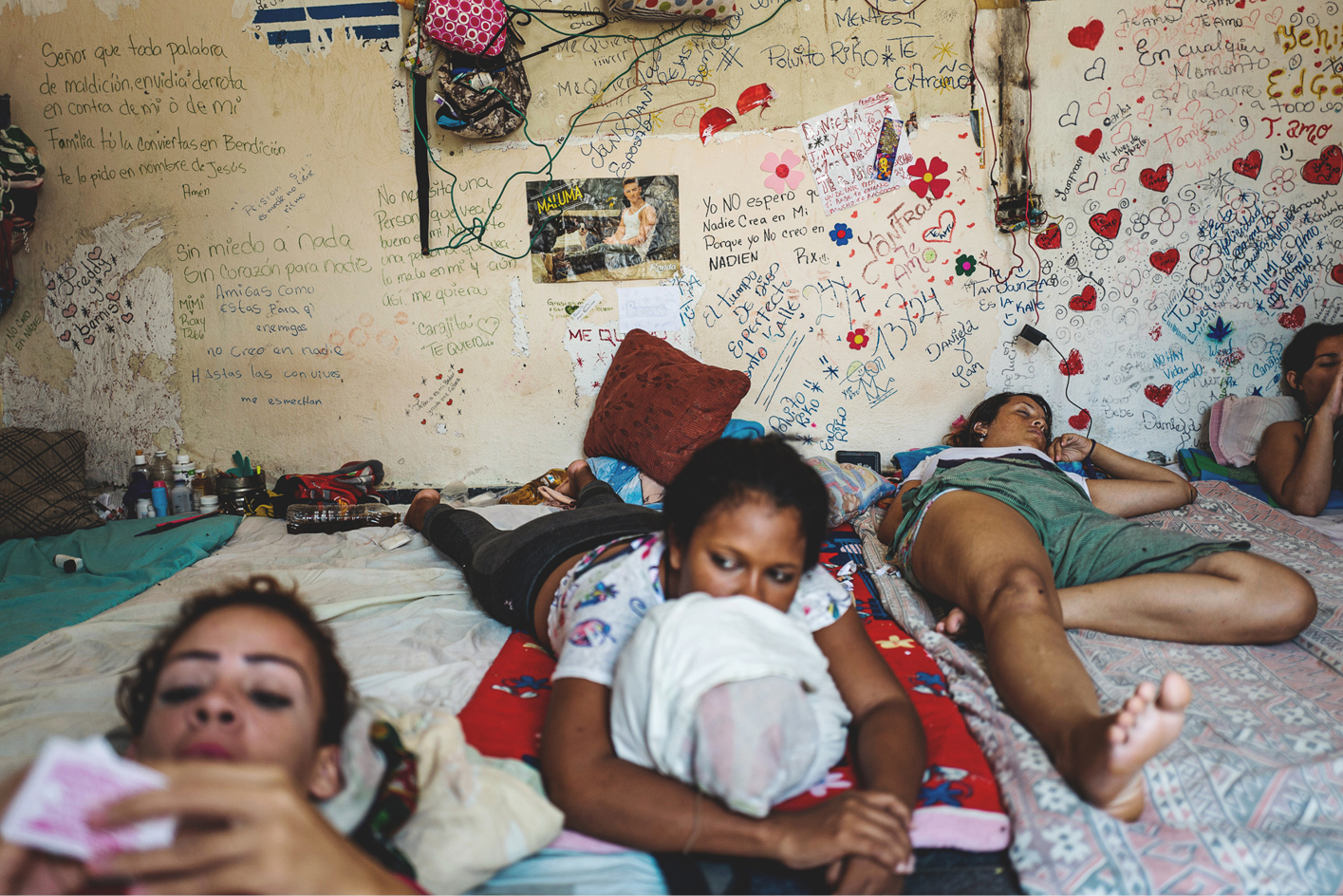
From 2017 to this year I visited around 15 detention centres and four prisons in Venezuela and El Salvador. I got access because the police guarding the centres are not too happy about the situation and allowed me to show the problem, I guess hoping it could help change it. Then I had to win the trust of the women inside. The pictures show the terrible conditions, but also the friendships that they form to support each other.
They also showed how even though the situation was really bad, these women could still have self-respect. This did surprise me, in a good way. It shows who we are as a culture. You know, the women in Latin America, we are very proud. And we consider ourselves beautiful, and we are resilient. Through all the bad things that are happening in our region, we still are happy people, and we still have hope. And it’s not that I wanted to show this; it was shown to me, because I spent so long with them.
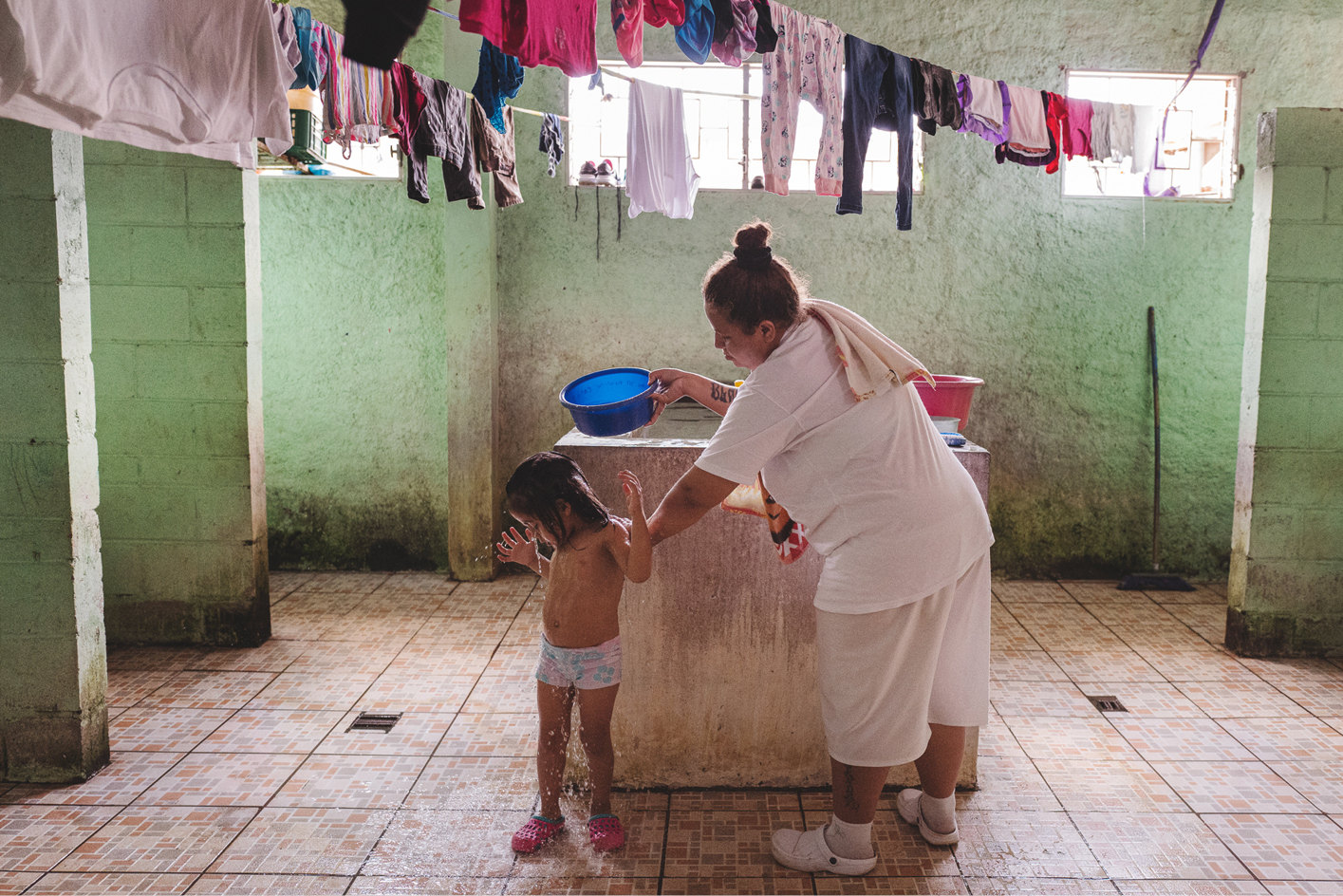
And they could see that I was honest with them, they could see that I was empathic and that I understood, and that I was also telling my stories, because I also have a lot of things to talk about. We were singing, and I was speaking in French. And I was telling them how life in Toulouse was. So, once you tell your own story, and you own your story, then the other one relaxes, and they let you see these things.
In the detention centres you can wait days, months or even years before your trial. And that wait depends on myriad things – on how much money you must pay the prosecutor, and on your lawyer, if you have a private lawyer or a public lawyer, if you pay the police to bring the papers, etc. But the system has collapsed. The wait is almost always more than 45 days. For example, there is this abortion law that accuses people of miscarriage or abortion and that can lead to 30 years under aggravated homicide. So they can wait for 30 years. And I also met women in El Salvador who are convicted for more than 100 years for homicide and extortion because they were gang members.
Winning the Leica Oskar Barnack Award is a great honour, of course, and I hope it will help raise awareness of this issue. But I don’t know how much difference it will make. Because what I do know is that the governments don’t care. And our own societies still don’t care enough. I have to explain to the people of my own country what’s going on. And to my friends who are having dinner and ask me, ‘Where were you today?’ ‘Well, I was working in a detention centre,’ I say. ‘It looks like this and like this…’ People are very shocked to learn this because they don’t know, and the government doesn’t want them to know – people don’t know it’s happening in their own country.
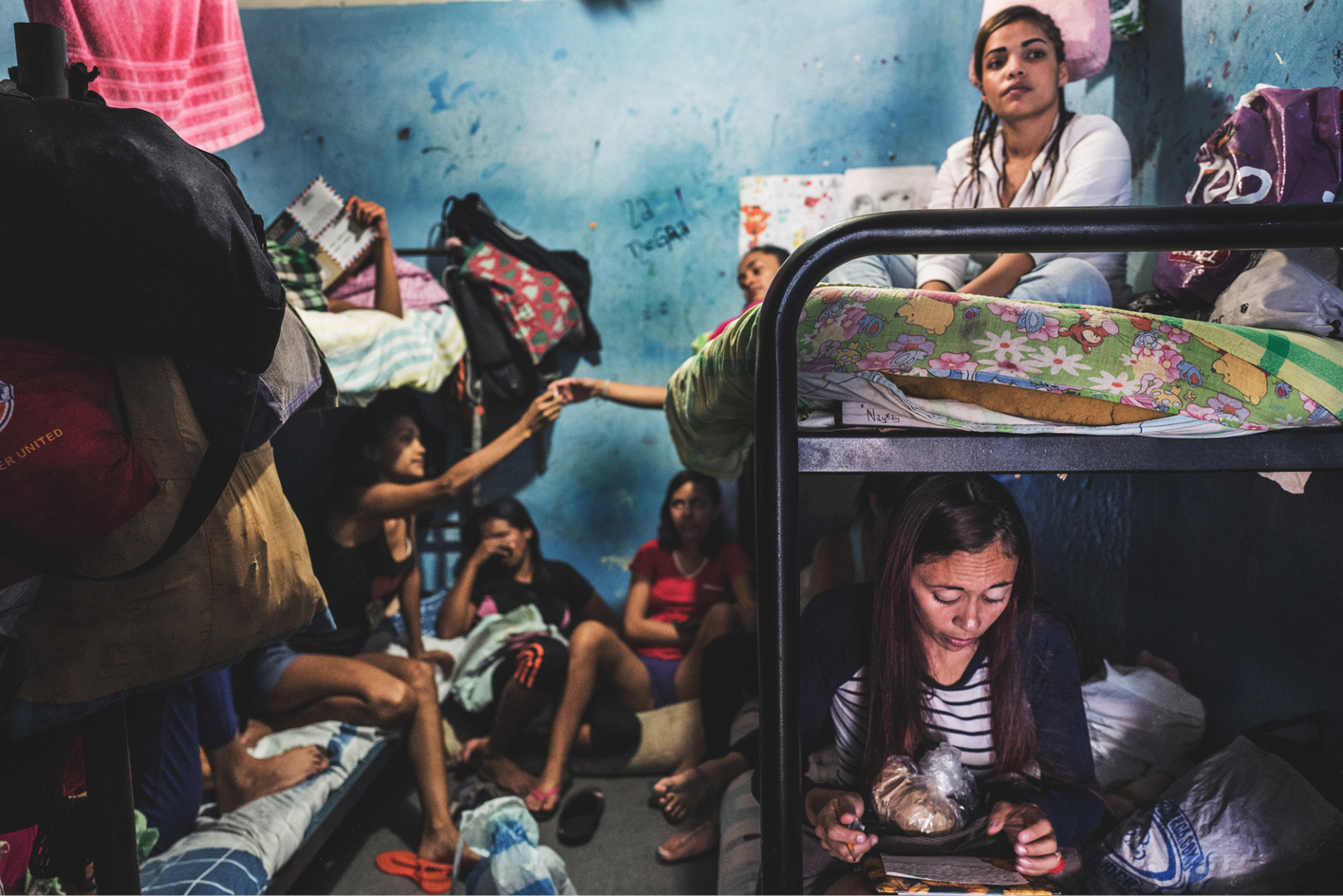
I also understand that there are many other things happening in my country that people don’t know, which perhaps are way more serious and much worse even than this. Like there is this huge ecology disaster happening in the Amazon, and there are a lot of drugs travelling to my country. These are the types of things that as a photographer I can show to the people. So that’s what I’m doing now – trying to show the people that I can reach, and as many as I can reach, so they are aware of what’s going on.
The tool I use to do this is a Leica camera because I find them very discreet. That’s most important. And they don’t make a big noise, they don’t look very fancy, they look very old school. When I am working outside – not necessarily in prisons – but when I’m working on location, like if was working with gang members in their homes, or I’m working on a story on teenage pregnancy, or when I am going to areas that are maybe a bit dangerous with a camera, sometimes people ask me, ‘Oh, how old is this camera?’ And, ‘Do you have a film camera?’ And I’m like, ‘Yeah, it’s very old. It doesn’t do anything’. So, it gives you a real sense of security; I feel safe with it. It’s small and also it’s quiet. And I think this quietness allows me to go into places where you have to be discreet, like where people are praying, for example.
I don’t have the problem that you get with a noisy shutter that you need to shoot when people are making noise. Now I can continuously be shooting all the time; nothing interrupts the flow of the thing. So I shot Días Eternos with a Leica Q. And I also started to use the Leica M this year for a project about an orchestra in Venezuela for the National Geographic Society.

Regarding the work in detention centres and prisons, I am going to go back and cover it regionally, so I understand better what the circumstances of imprisonment in Latin America are and create a base of information that we need in order to change things. I am also going to start an NGO foundation to raise funds to help these women because I feel photography is not enough.
You can see the images of Días Eternos and pictures by all the finalists of the Leica Oskar Barnack Award 2021 at leica-oskar-barnack-award.com/en/. To see more of Ana María Arévalo Gosen’s work, visit anamariaarevalogosen.com. For more information about Leica cameras, visit leica-camera.com.
The Oskar Barnack Award is named for the engineer who, in 1913, designed the portable camera that would become the debut Leica, the first 35mm photographic camera available to the public.


